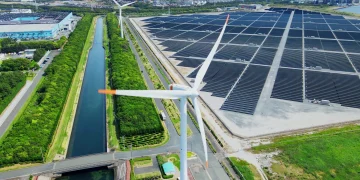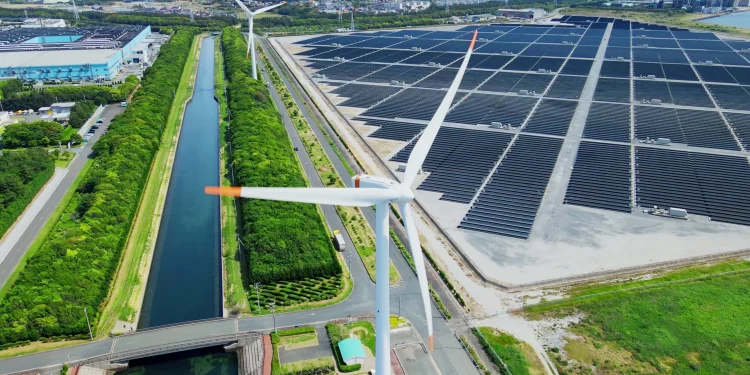By Maria Kalamatas | August 1, 2025
Rotterdam — A new pan-European initiative backed by major retailers and freight players is aiming to bring unprecedented transparency and emissions tracking to shipping routes, using blockchain to certify “green corridors” across key European ports.
The platform, launched this week under the name ClearRoute, connects carriers, shippers, and customs authorities to a shared database that traces the carbon intensity of each leg of a shipment — from origin to warehouse shelf.
“What we want is verifiable climate accountability, not just marketing labels,” said Eva De Ridder, Sustainability Director at Dutch retailer Koop&Co, a founding member of the project.
From Rotterdam to Milan — with real carbon data
The first pilot corridor runs from Port of Rotterdam to inland hubs in Milan and Prague, using only electric drayage, biofuel-powered barge and rail, and warehousing with verified green energy supply.
Each container is assigned a digital emissions passport, updated in real time through smart contracts, allowing retailers to make routing choices not only based on cost and speed — but on verified environmental performance.
“This is the first time we’ve been able to compare two logistics options side by side, knowing the actual carbon cost of each,” explained Lars Magnusson, Head of Logistics at the Nordic chain Veera.
Carriers under pressure
The initiative has already attracted Hapag-Lloyd, DFDS, and Kombiverkehr as participating carriers. Industry observers say it puts pressure on other shipping lines and 3PLs to open their emissions data or risk losing contracts with ESG-conscious retailers.
According to ClearRoute’s technical team, the platform meets ISO 14083 standards for logistics carbon reporting and is compatible with the EU’s upcoming mandatory emissions disclosure rules, set to begin rolling out in early 2026.
“We’re not here to name and shame,” said project lead Gianni Tessaro. “We’re here to raise the bar — together.”
Green lanes, real-time proof
More than a dozen trial shipments have already passed through the corridor. Early results show a 36% reduction in average CO₂ emissions compared to standard multimodal alternatives on the same routes.
Retailers say that, in the long run, these corridors could become contractual standards for product categories such as apparel, electronics, and fast-moving consumer goods.























